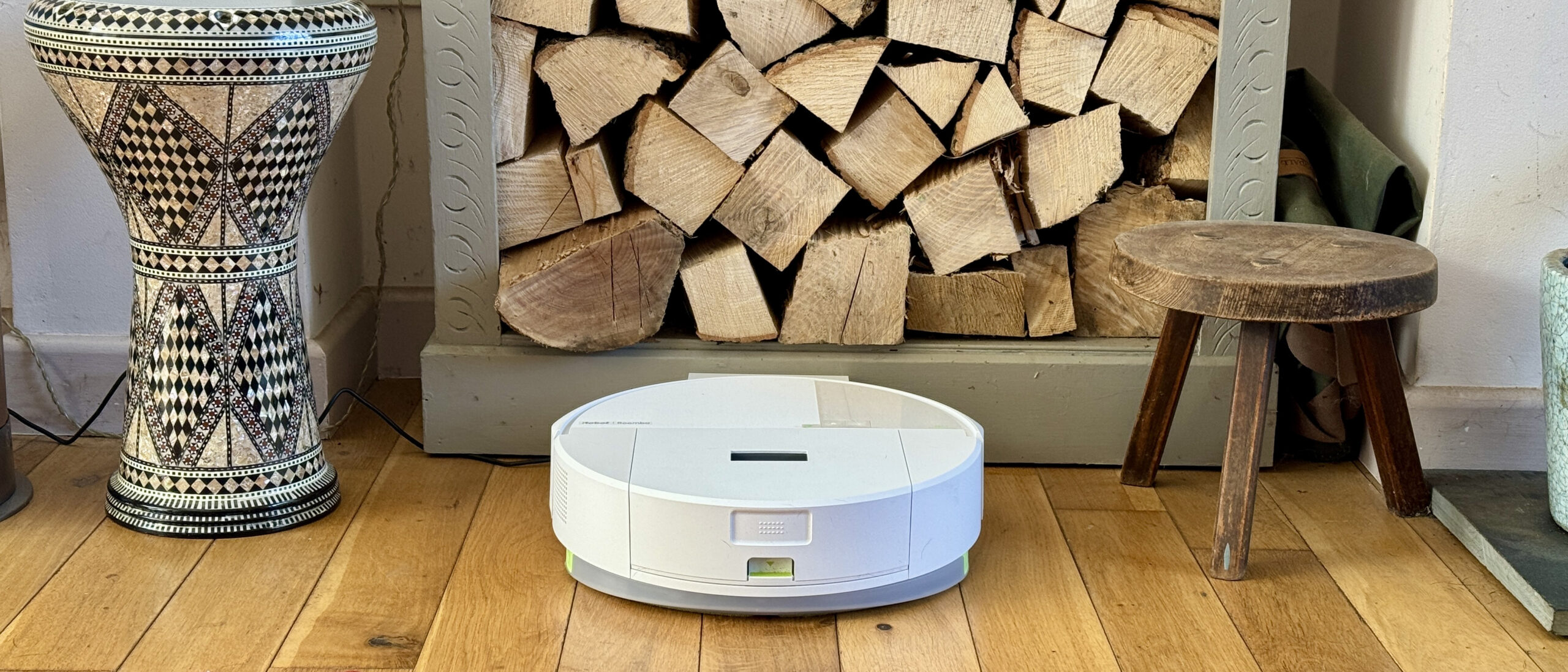Key Takeaways
- The iRobot Roomba 205 DustCompactor Combo struggles with practicality, featuring a complicated dust compaction system that can be messy to empty.
- While its vacuuming performance is acceptable, its outdated mopping system significantly limits functionality, and it fails to traverse rugs when mopping.
- The accompanying app is overly simplistic and buggy, hindering user experience with limited mapping and control features.
Performance Issues and Design Flaws
The iRobot Roomba 205 DustCompactor Combo has been viewed as a lackluster addition to iRobot’s lineup, especially with the brand’s recent restructuring. The innovative dust compaction feature, intended to minimize user intervention, proves impractical. The internal dustbin is designed to compress debris, but for homes with shedding pets, it quickly fills up, resulting in messy emptying experiences.
While suction performance is passable, especially compared to older models, it pales against stronger competitors. Its antiquated mopping system hinders functionality, as it can’t traverse carpets when the mop pad is attached. Additionally, the Roomba 205 is noticeably noisy, with sound levels reaching 78dB, making it less ideal for household use.
Pricing and Alternatives
With a list price of $469.99 in the US and £399 in the UK, the Roomba 205 is positioned in the mid-range market. Currently, it features a $170 discount in the US. Potential buyers may find better alternatives like the Roborock Q5 Pro+, which, despite a higher list price, typically offers superior performance for roughly the same price. For those who prioritize simplicity in the cleaning process, the Dreame D9 Max Gen 2 stands out as an affordable option.
Design and Usability Concerns
The design of the Roomba 205 falls short of expectations compared to previous successful models. Despite having a compact dock aimed at saving space, its lightweight construction means it often gets pushed around, disrupting docking procedures. The single rubber roller brush is also a downgrade from iRobot’s history of dual brushes, resulting in operational noise and less effective cleaning.
In terms of navigation, the inclusion of LiDAR is a step forward, yet the system is flawed, with a restricted view that complicates obstacle avoidance. It excessively struggles with common household items and occasionally stops unexpectedly, leading to further user frustration.
App Experience
The new iRobot Home app, intended as an upgrade, reveals significant usability issues. Commands take too long, and basic functionalities like mapping are rudimentary. Although users can schedule cleanings and adjust settings, the app lacks the intuitive design that competitors feature, making it difficult to establish specific cleaning zones.
Final Thoughts
Despite its innovative features, the Roomba 205 DustCompactor Combo is marred by performance issues and a cumbersome user experience. For those considering investing in this product, it is advisable to explore other options unless a unique dust compaction system is deemed essential. The combination of poor mopping capabilities, a problematic app, and a challenging operating experience positions this robot vacuum as a less favorable choice in today’s market.
The content above is a summary. For more details, see the source article.















